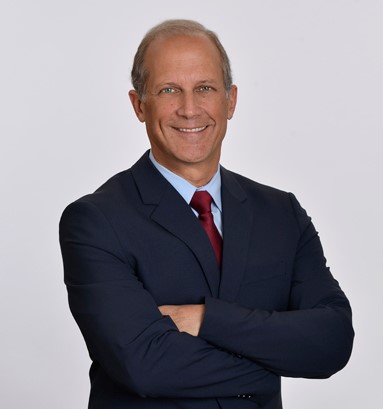If any road has a dedicated bike lane, cyclists are required to use it. Not only does this provide a safe and visible area for the biker, it helps his assert his rights if he is struck by a passing car. However, there are exceptions to this rule.
A bicyclist may leave the bike lane and enter the traffic lane if:
- He can keep up with the pace of traffic around him
- The lane is too narrow to share by riding alongside traffic
- He is making a left-hand turn
- He needs to avoid a hazard in the bike lane or on the right side of the road
As many cyclists are aware, riding in a dedicated bike lane is no guarantee that you will not be struck by a Santa Monica driver. Many bikers have been hit as they were riding in the bike lane due to:
- Cars turning right. In order to make a right turn, a car must cross over the bike lane. Drivers may neglect to check the bike lane for oncoming cyclists, or simply turn into the rear wheel of a stopped cyclist by misjudging the distance between the vehicles.
- Opened car doors. Cyclists are legally required to ride to the extreme right of roads, placing them directly next to cars parked on city streets. Drivers should always check their rear-view and side mirrors before exiting the vehicle to make sure there are no oncoming cars or bikers in the lane.
However, not every bikeway is the same. Although the details may vary from city to city, there are basically three main types of throughways intended for cyclists in Southern California:
- Bike lanes. These are the narrow, marked lanes you may see on a number of roadways across Southern California. Bike traffic uses these lanes on the side of the roadway instead of sharing lanes with motor vehicle traffic.
- Bike routes. Cyclists share lanes with motor vehicle traffic on bike routes, but these roadways have been designated as preferred for bike traffic.
- Bike paths. Southern California has a number of bike paths available for cyclists, which are completely separate from the roadways used by motor vehicles.
Each of these types of bikeways poses different challenges and risks for riders, which is why it’s so important to know the difference when you’re planning your route for your next ride.
Unfortunately, cyclists are often blamed for traffic accidents that were in no way their fault, despite suffering much more serious injuries than the drivers. If you were struck by a car while riding your bicycle, you should read through a copy of our free guide, 7 Big Mistakes to Avoid After a Motorcycle or Bicycle Accident, to find out how to protect your case.
|
Related Links: |

